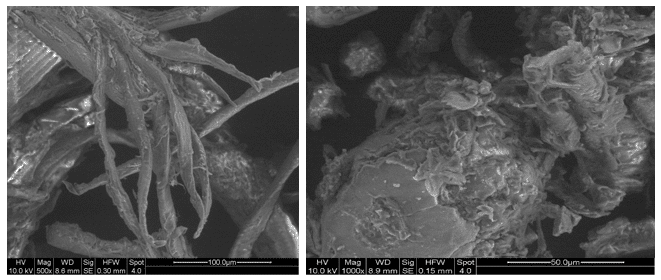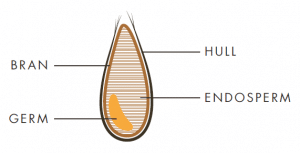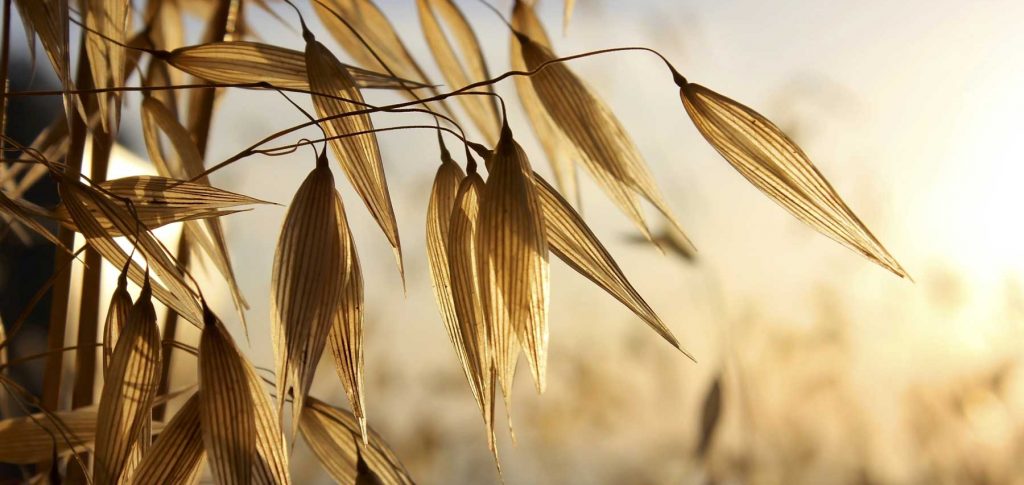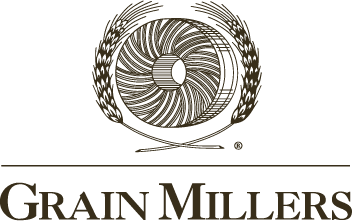What is Oat Fiber?
November 28, 2018
Sources of Dietary Fiber: Oat Fiber Types, Composition, and Functionality
Dietary fiber is a current hot topic and oat fiber can be a game-changer to some food developers. But what exactly is oat fiber? To properly answer this question, one must look at composition and its distribution throughout the entire oat kernel. In short, oat fiber as a manufactured ingredient is typically an insoluble fiber composed of lignin, cellulose, and hemicellulose derived from the oat hull, or the outermost protective seed-coat of the oat kernel.
OAT KERNEL
The oat hull is rich in non-starch polysaccharides (especially xylan and glucan, also arabinan and galactan), forming complex and intricate fibrils. These fibrils exhibit texturally rigid or crystalline micro-structures with high aspect ratios composed primarily of ligno-celluloses (~70%) intermeshed with texturally softer and amorphous structures composed primarily of hemicelluloses (~30%) (Fig. 1).

Fig. 1 – Environmental Scanning Electron Microscope (ESEM) image of fragmented
oat hulls illustrating crystalline and amorphous structures.
Once de-hulled, the hull-less kernel is commonly referred to as a groat. The groat also exhibits compositionally similar protective tissues referred to as the bran layers (pericarp & testa).

COMPOSITION OF OAT FIBERS
Both seed coats – the hulls and the bran layers – are rich sources of dietary fibers. The hull exhibits a typical Total Dietary Fiber (TDF) of ~85%, with its majority (> 98%) being of the insoluble type. The bran, on the other hand, is ~16% TDF with approximately 65% being insoluble and 35% soluble. (Mindful of geographical factors, agricultural practices, and varietal differences within above estimates).
Both fibrous tissues have relevance as excellent sources of dietary fiber, but the presence of a significant portion (approx. 80%) of the soluble fiber-fraction, beta-glucans, has made oat bran – and oats in general – more popular among consumers. This popularity was catalyzed when oat bran became the first food recognized by the FDA in 1997 as having therapeutic merits, thereby able to carry a health-claim label (i.e. anticholesteremic properties).1
FUNCTIONAL PROPERTIES
The oat hull exhibits a higher TDF content (primarily insoluble fiber), arguably becoming the preferred raw material source for oat fiber manufacturing and ingredient development. Oat-hull fiber is used for dietary-fiber enrichment and as a multi-functional food ingredient. It acts as a water-activity modulator, bread-crumb humectant, texturizer, friability reducer in low-moisture baked goods, calorie controller, and more. From a physiological aspect, oat-hull fiber is recognized as an excellent participant in promoting gastrointestinal wellness, bulking in particular.
OAT-HULL FIBER DIFFERENCES
Traditional technologies for manufacturing oat-hull fiber have been centered around wood pulp & paper technology. This includes the manufacture of chemically refined versions such as fibers produced using alkaline hydrogen-peroxide [AHO] to hydrolyze and de-lignify the raw oat hulls.2
In 2001, Grain Millers, Inc. (GMI) recognized the need to offer a “natural” (non-chemically refined) oat-hull fiber alternative. Something that would not impact the environment and would retain endogenous phytonutrients, yet maintain oat-fiber functionality. This was achieved through a proprietary, organically certified manufacturing process without the use of chemicals. To this end, in 2009, Health Canada approved GMI’s oat-hull fiber as a dietary fiber within the Canadian market based on the safety and physiological efficacy demonstrated through human clinical studies.3

Fig. 2
Not all oat hull fibers are equal. Oat-fiber products such as those from GMI contain all of the lignin and other naturally occurring components of the raw plant with physiological benefits, particularly bulking, in humans. This is detailed in the Public Comment filed with the FDA on Feb. 8, 2017. In contrast, oat hulls processed with alkaline hydrogen peroxide are stripped of lignin and other naturally occurring nutrients.
To learn more about the benefits and functionality of GMI’s oat fiber in food formulation and the various types of oat fiber that Grain Millers offers, visit our Oat Fiber page or email us to be put in touch with your fiber expert.
Sources
1 TITLE 21—FOOD AND DRUGS, PART 101 –FOOD LABELING, Sec. 101.81 Health claims: Soluble fiber from certain foods and risk of coronary heart disease (CHD).
2 Fiber Ingredients: Food Applications and Health Benefits (2009) J. Bodner and Susan S. Cho
3 You are welcome to contact GMI for additional details.

